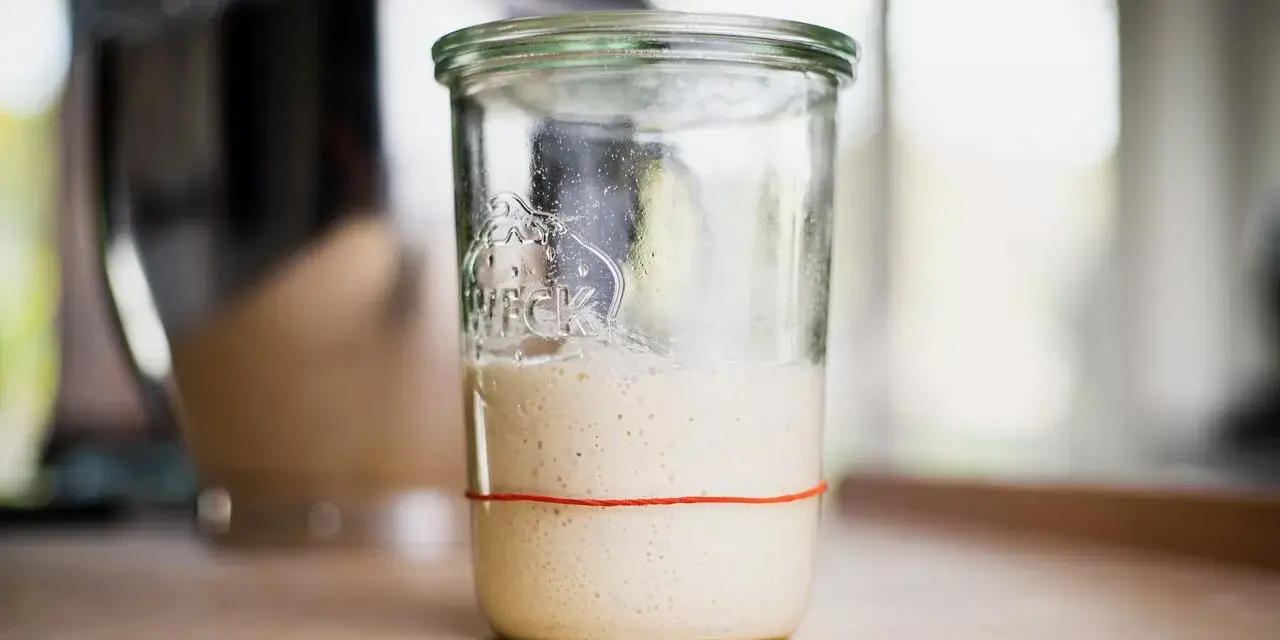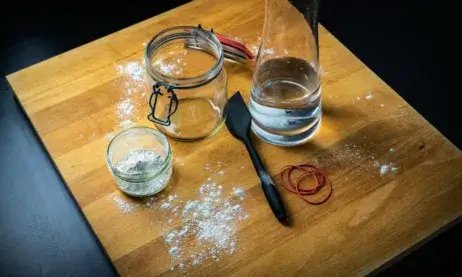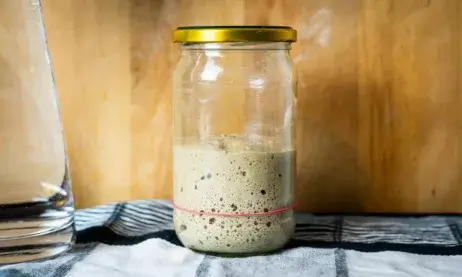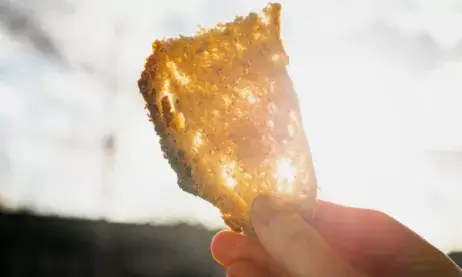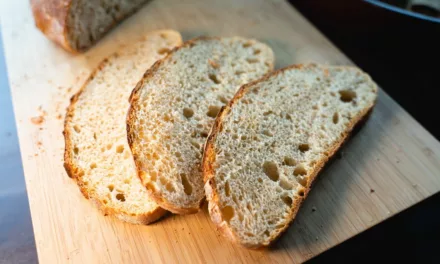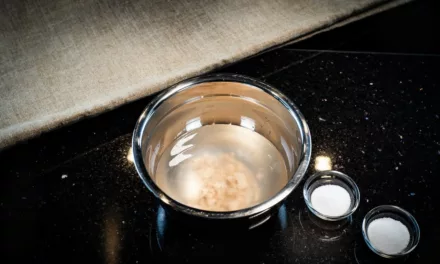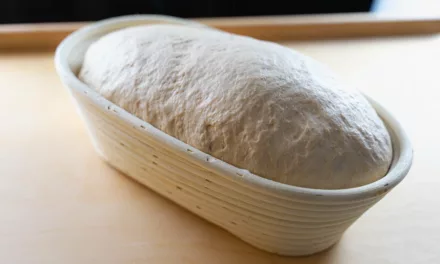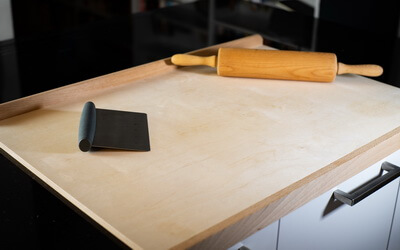Hello, fellow baking enthusiasts! Today, we’re diving into the world of sourdough discard, a hidden gem in the baking world. If you’ve been nurturing your sourdough starter, you might be wondering what to do with the leftover or “discard” portion. Well, I’ve got some exciting news for you – this so-called “waste” is actually a secret weapon in creating delicious, unique, and sustainable baked goods!
As a seasoned baker and a sourdough devotee, I’ve spent countless hours experimenting with sourdough discard, transforming it into mouthwatering creations. And now, I’m thrilled to share my discoveries with you. So, are you ready to unlock the potential of your sourdough discard? Let’s get started!
Table of Contents
- What is Sourdough Discard?
- Why Use Sourdough Discard
- Maintaining Your Sourdough Starter
- Storing Sourdough Discard
- Minimizing Sourdough Discard Waste
- Conclusion
- Frequently Asked Questions (FAQ)
What is Sourdough Discard?
Before we delve into the magic of sourdough discard, let’s first understand what it is. When you feed your sourdough starter, you typically remove a portion of it before adding fresh flour and water. This removed portion is known as “sourdough discard.” But don’t let the name fool you – this discard is far from waste! It’s a versatile ingredient that can add depth of flavor and texture to a variety of baked goods.
Why Use Sourdough Discard?
Using sourdough discard in your recipes is a great way to add a subtle tangy flavor to your baked goods. It can also add extra moisture to your recipes, making them super tender and delicious. Plus, it’s a fantastic way to reduce waste and make the most of your sourdough starter. After all, why throw away something that can add so much flavor and texture to your baking?
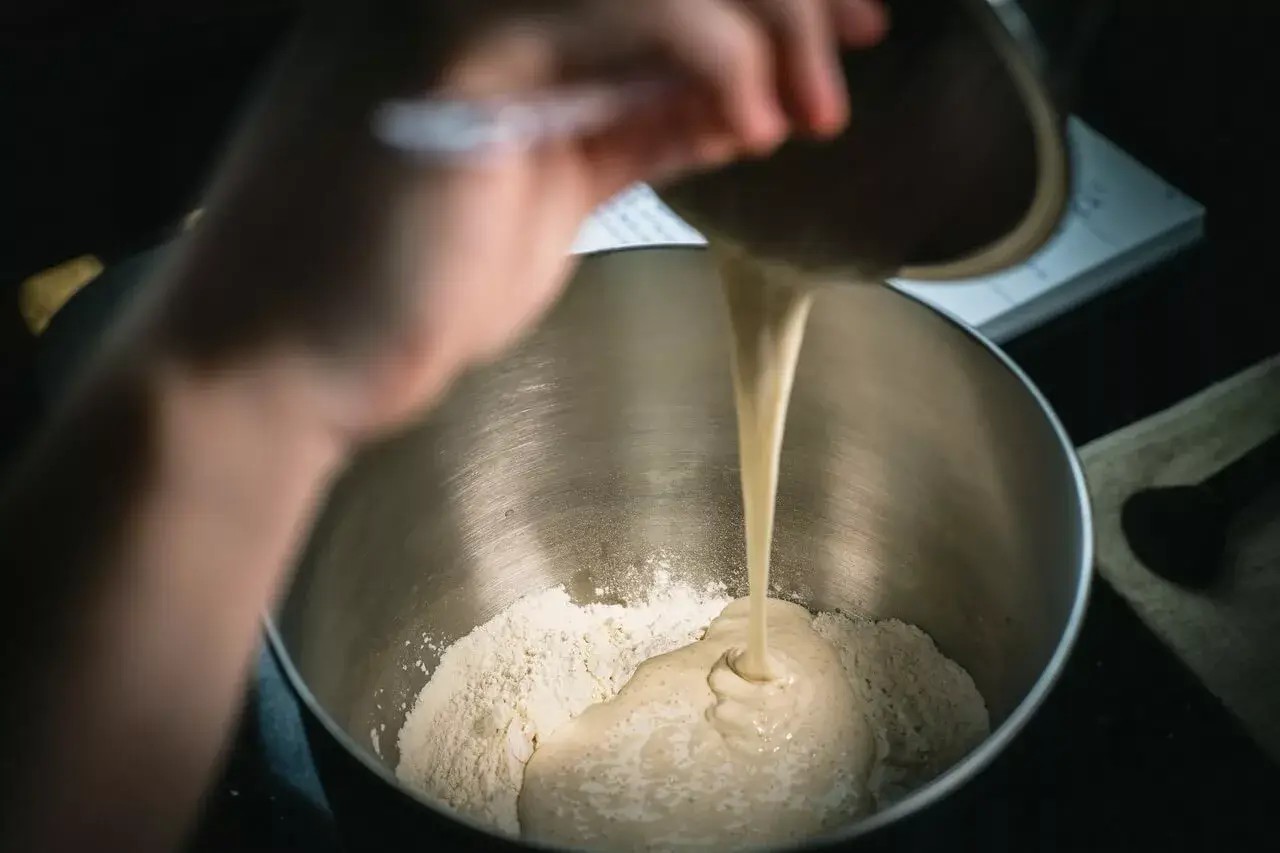
Maintaining Your Sourdough Starter
To make the most of your sourdough discard, it’s crucial to properly maintain your sourdough starter. This involves regular feeding with fresh flour and water. Remember, your sourdough starter is a living entity that needs nourishment to thrive. The temperature also plays a crucial role in the maintenance of your starter. Warmer temperatures accelerate the fermentation process, requiring more frequent feedings. However, you can slow down this process by storing your starter in the fridge, extending the feeding cycle to about once a week.
Storing Sourdough Discard
Storing sourdough discard properly is key to making the most of this valuable ingredient. Here’s how you can do it:
- Refrigeration: You can store sourdough discard in the refrigerator for up to a week. Simply place the discard in a clean, airtight container and pop it in the fridge. The cool temperature slows down the fermentation process, preserving the discard for longer.
- Freezing: For longer storage, you can freeze sourdough discard. Divide the discard into usable portions (e.g., 1 cup), place each portion in a freezer-safe bag or container, and freeze. Frozen sourdough discard can last for several months. When you’re ready to use it, just thaw it in the refrigerator overnight.
Minimizing Sourdough Discard Waste
While sourdough discard is a natural part of maintaining a sourdough starter, there are ways to minimize waste:
- Use it in Recipes: The easiest way to minimize sourdough discard waste is to use it in your baking. From sourdough chips and waffles to bread, there are countless delicious ways to use sourdough discard.
- Maintain a Smaller Starter: If you find that you’re consistently generating more discard than you can use, consider maintaining a smaller sourdough starter. This way, you’ll have less discard to deal with each time you feed your starter.
- Share with Friends: If you have more discard than you can use, why not share the sourdough love? Give some of your discard to a friend or neighbor who’s interested in baking with sourdough. Just make sure to also share some tips on how to maintain the starter!
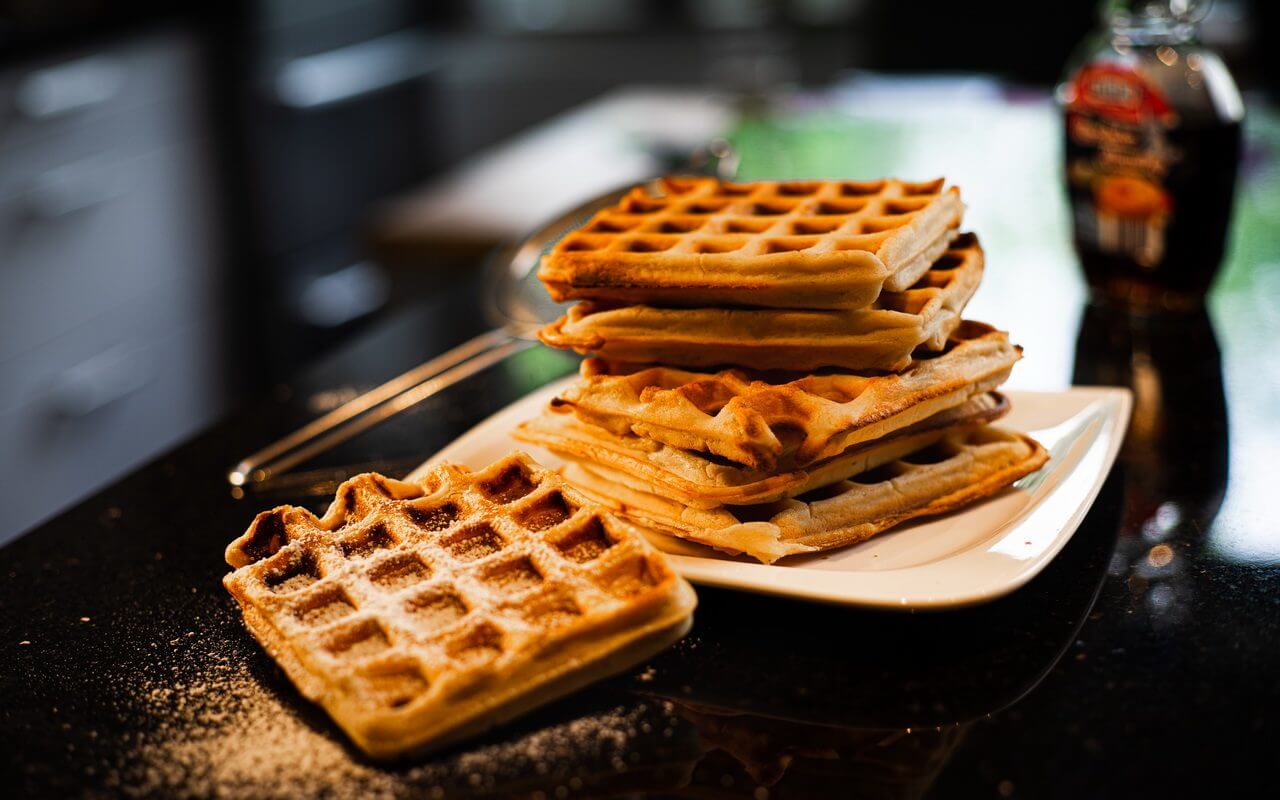
Conclusion
Sourdough discard is a baker’s secret weapon, transforming ordinary recipes into extraordinary creations. It’s a testament to the beauty of baking – where nothing goes to waste, and every ingredient has the potential to create magic. So, the next time you feed your sourdough starter, remember – the discard is a treasure, not trash. Happy baking! And if you’re curious about the health benefits of sourdough, check out my article on sourdough’s nutritional wonders and sourdough in general.
Frequently Asked Questions (FAQ)
Is sourdough starter discard good for you?
Yes, sourdough discard carries the same health benefits as
sourdough bread. It’s rich in beneficial bacteria and yeasts, which can aid digestion and nutrient absorption.
Why do you have to discard sourdough?
Discarding a portion of your sourdough starter ensures that the remaining starter gets enough food (flour and water) to stay active and healthy. If you didn’t discard, the amount of starter would continue to grow, requiring larger and larger amounts of food.
Do you always have to discard sourdough?
Not necessarily. If you bake often, you can use the “discard” in your recipes instead of throwing it away. Alternatively, you can maintain a smaller starter to reduce the amount of discard.
Do you discard sourdough every day?
The frequency of discarding depends on how often you feed your starter. If you’re maintaining your starter at room temperature and feeding it daily, then yes, you would discard daily. But if you’re keeping your starter in the fridge and feeding it weekly, you would discard less often.
Can you eat straight sourdough discard?
While you could eat sourdough discard straight, it’s usually not very tasty on its own. It’s better used as an ingredient in recipes.
What is the difference between active sourdough and discard?
Active sourdough is a starter that has been fed recently and is full of bubbles and activity. Discard, on the other hand, is the portion of the starter that you remove before feeding. It’s less active, but still contains viable yeasts and bacteria. If you’re interested in creating your own active sourdough, check out my guide on how to create a sourdough starter.
Can I save sourdough discard overnight?
Absolutely! You can store sourdough discard in the fridge for several days, or even freeze it for longer storage. Just remember to bring it back to room temperature before using it in recipes.

